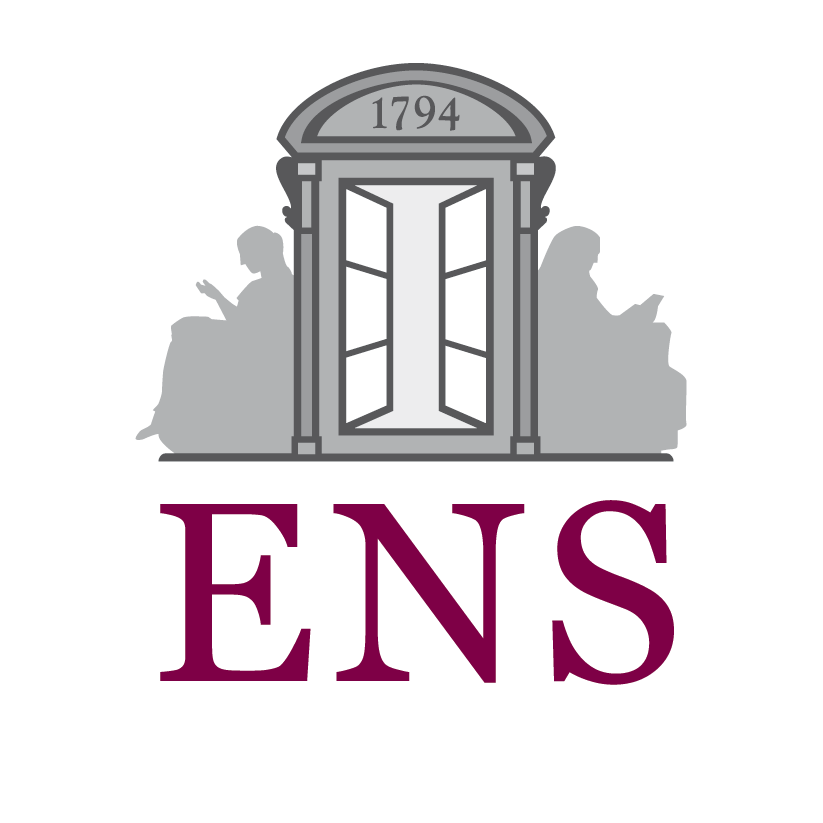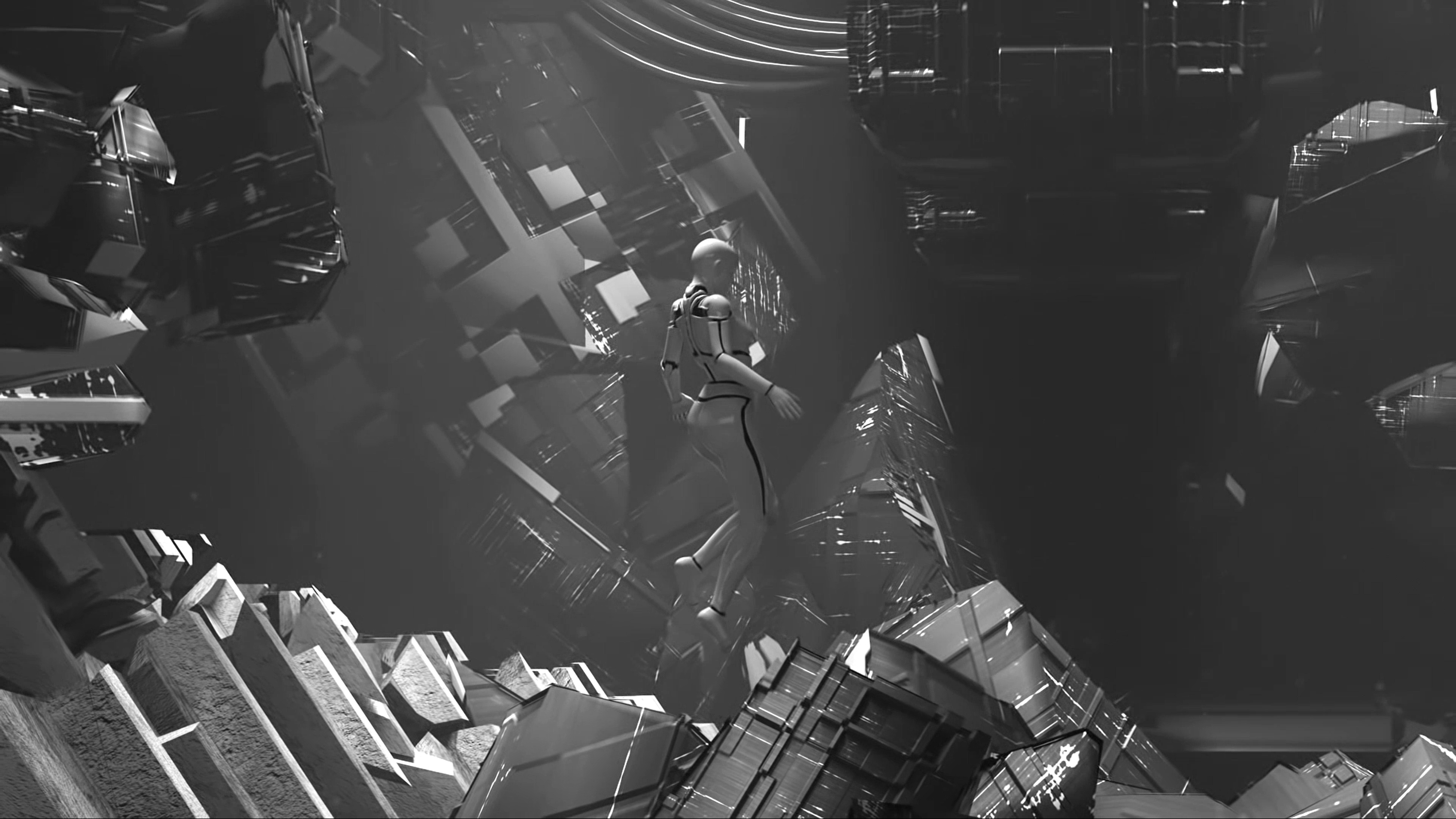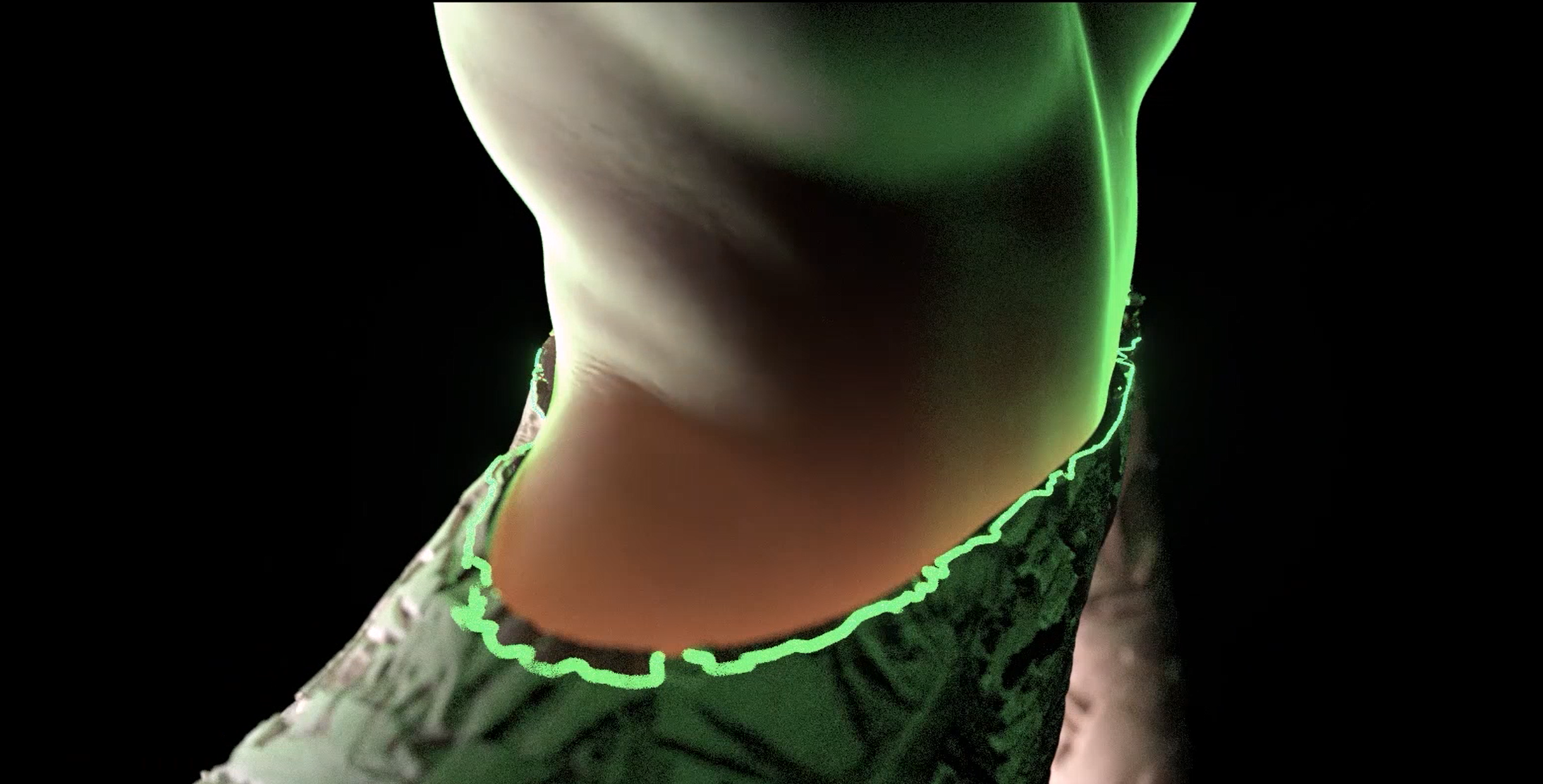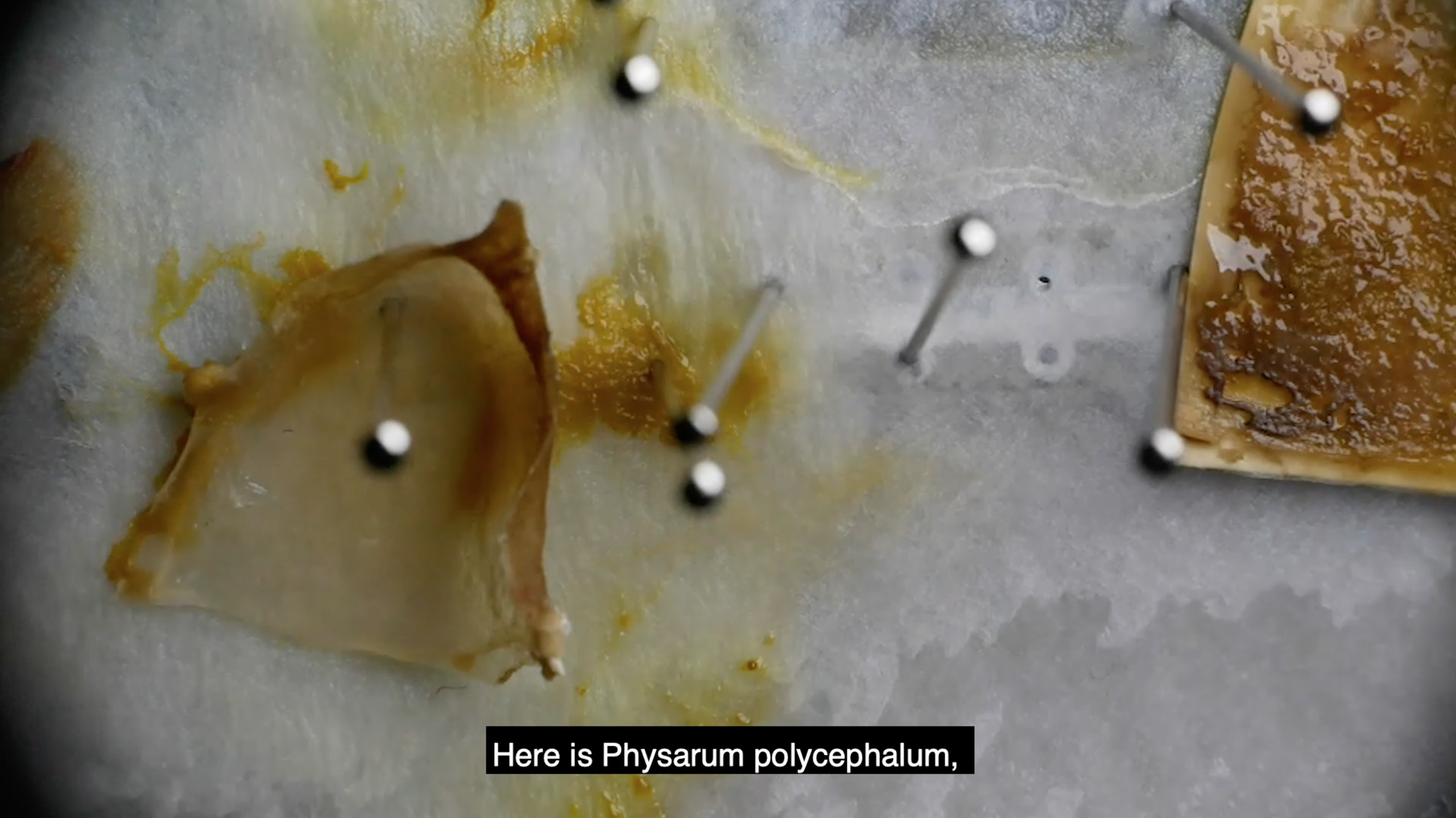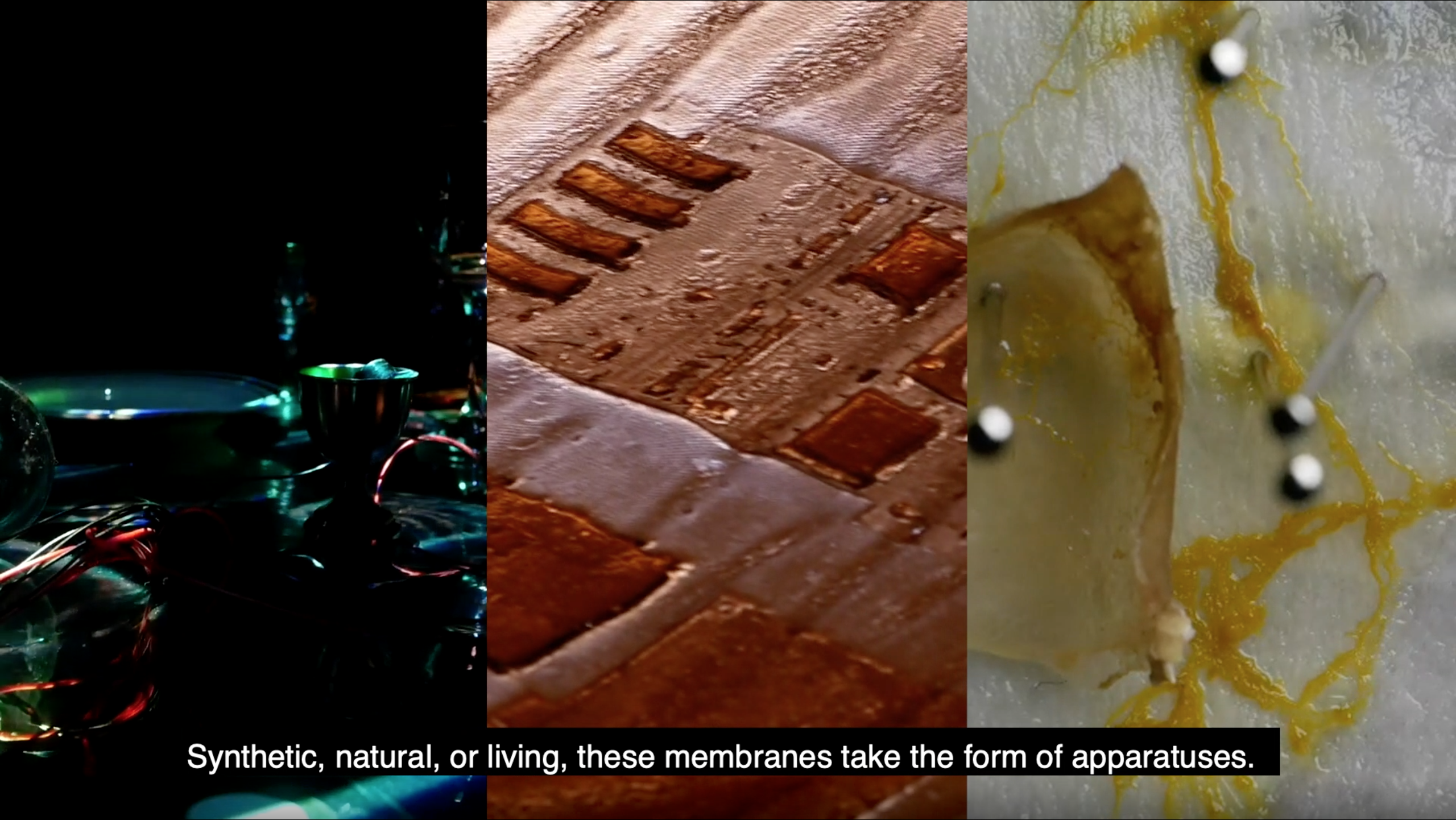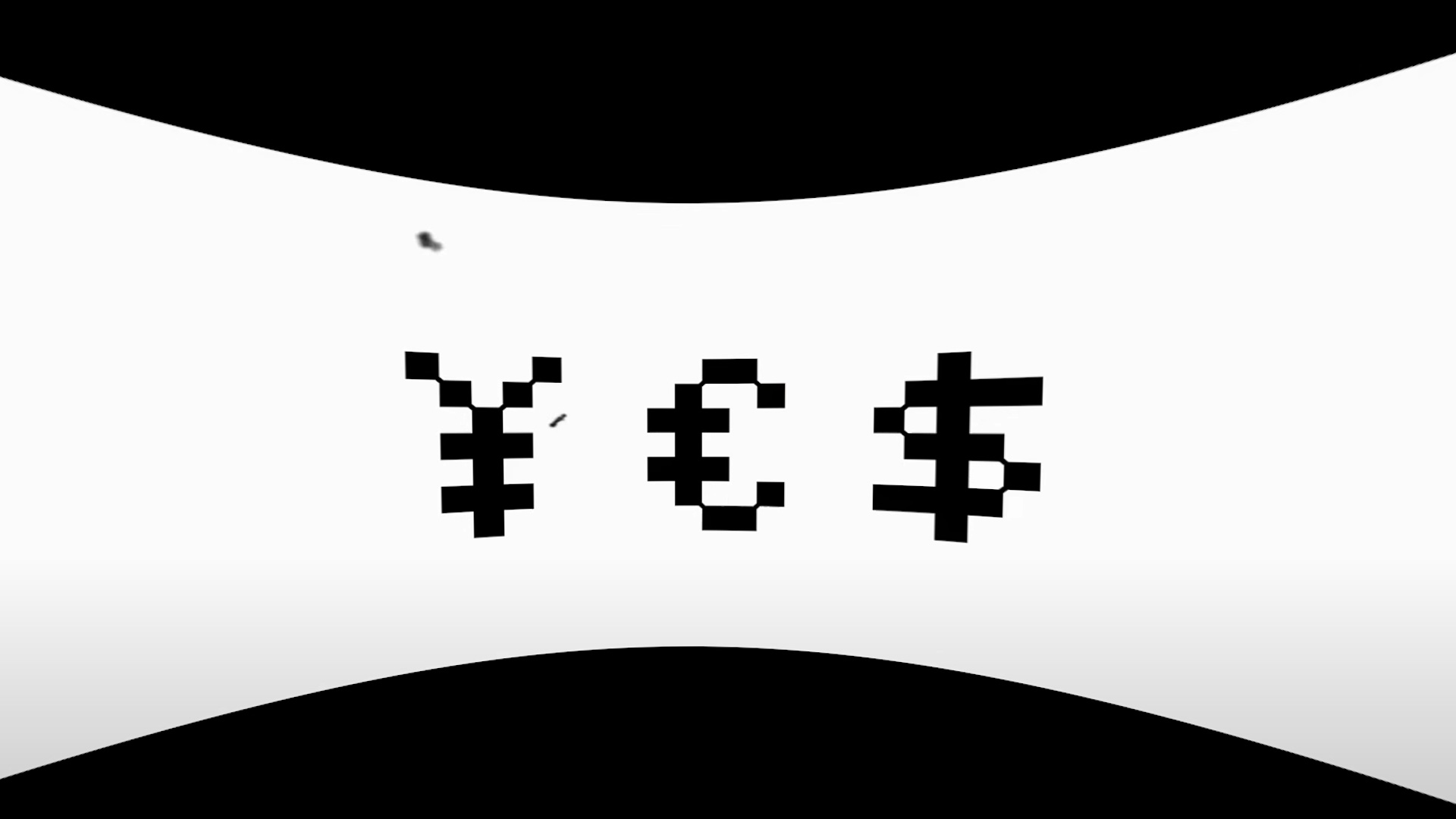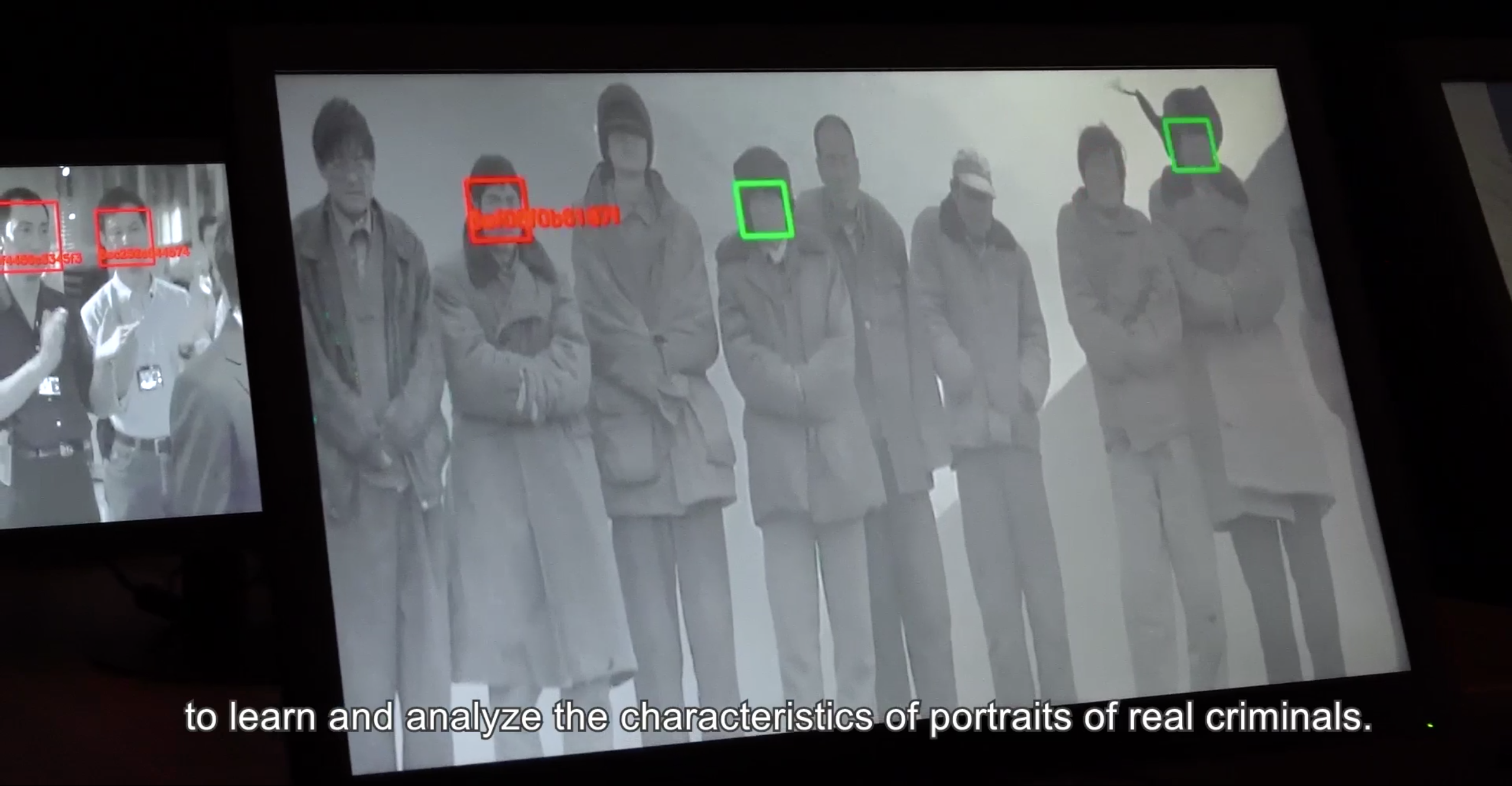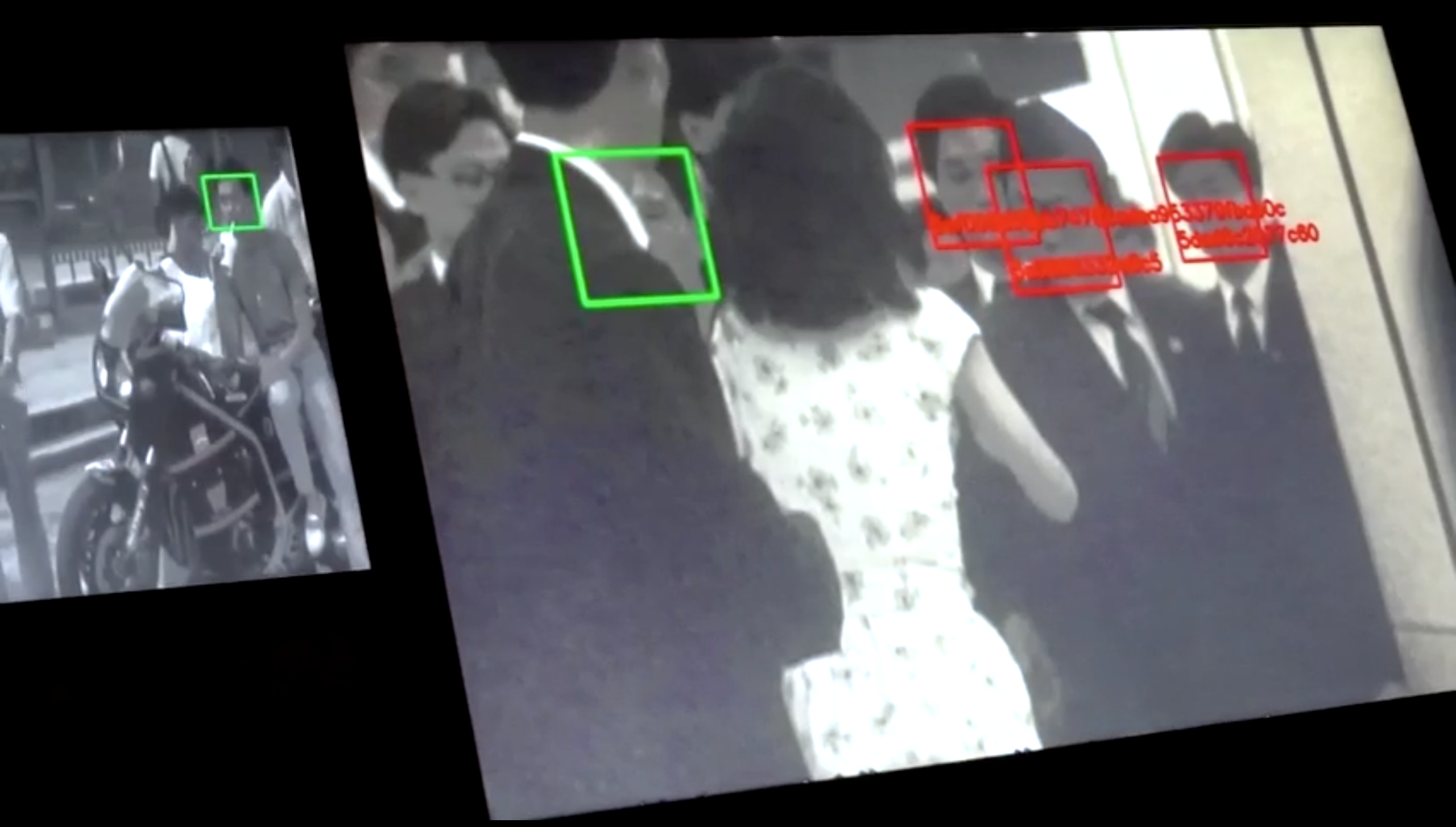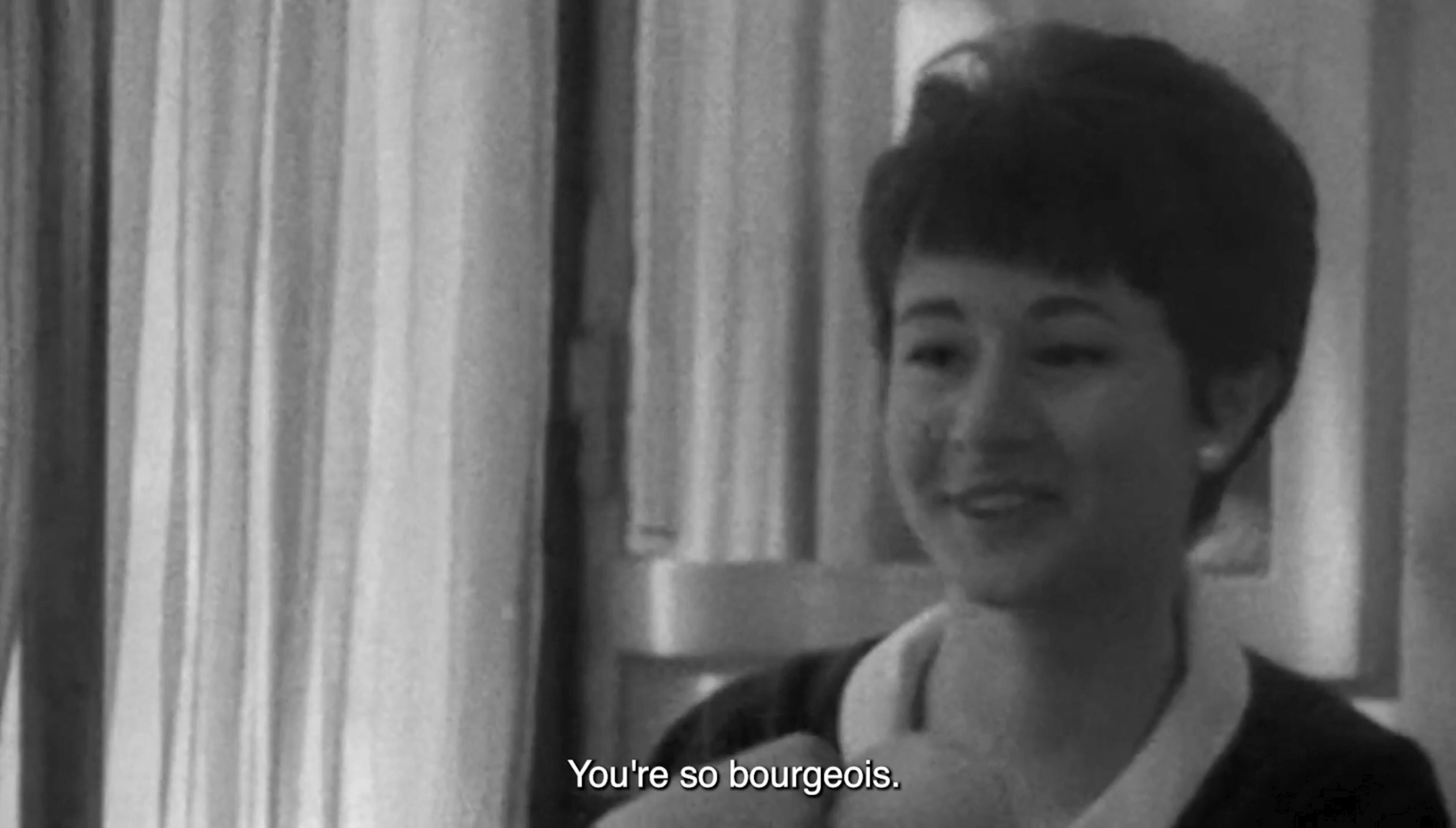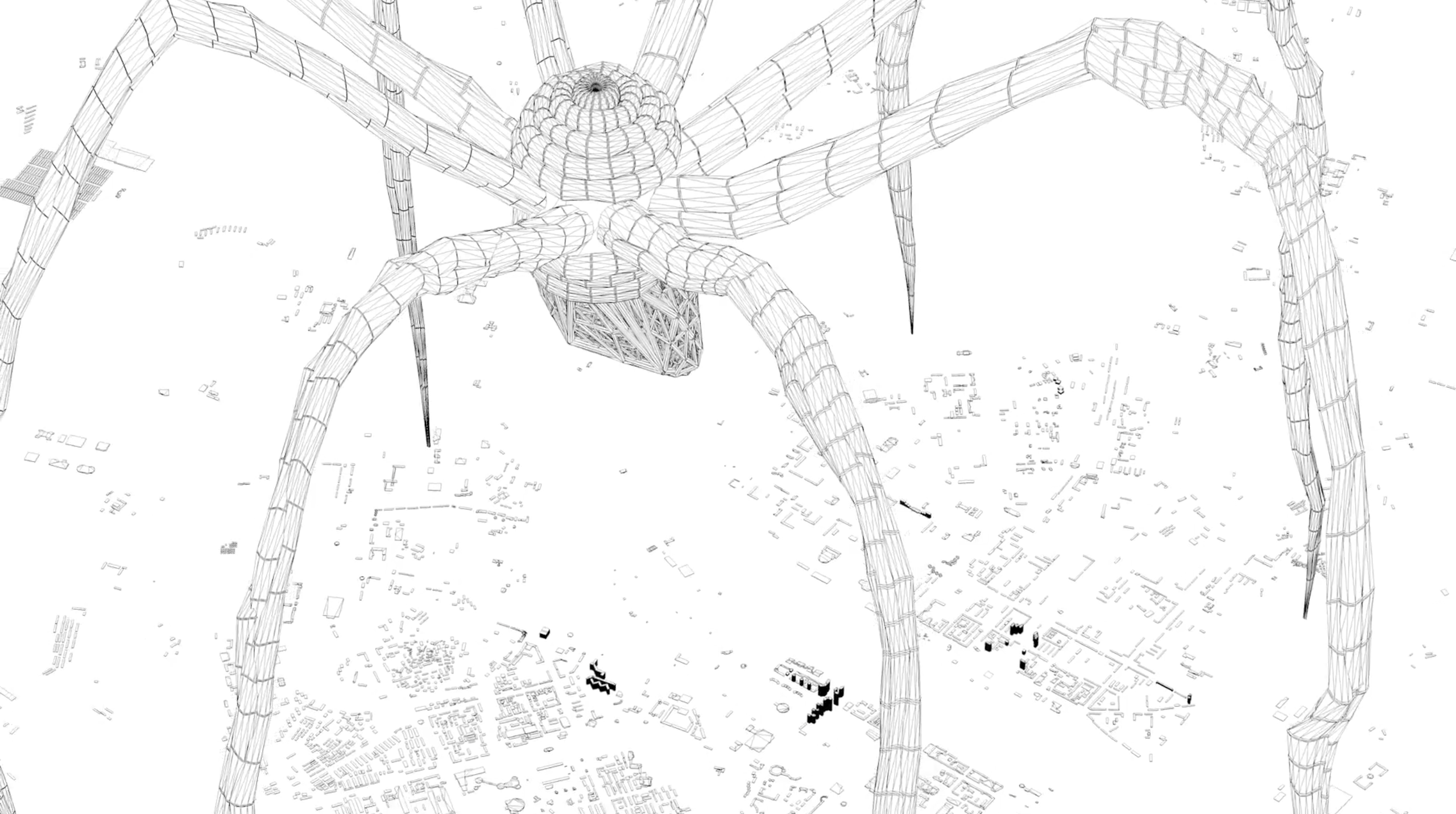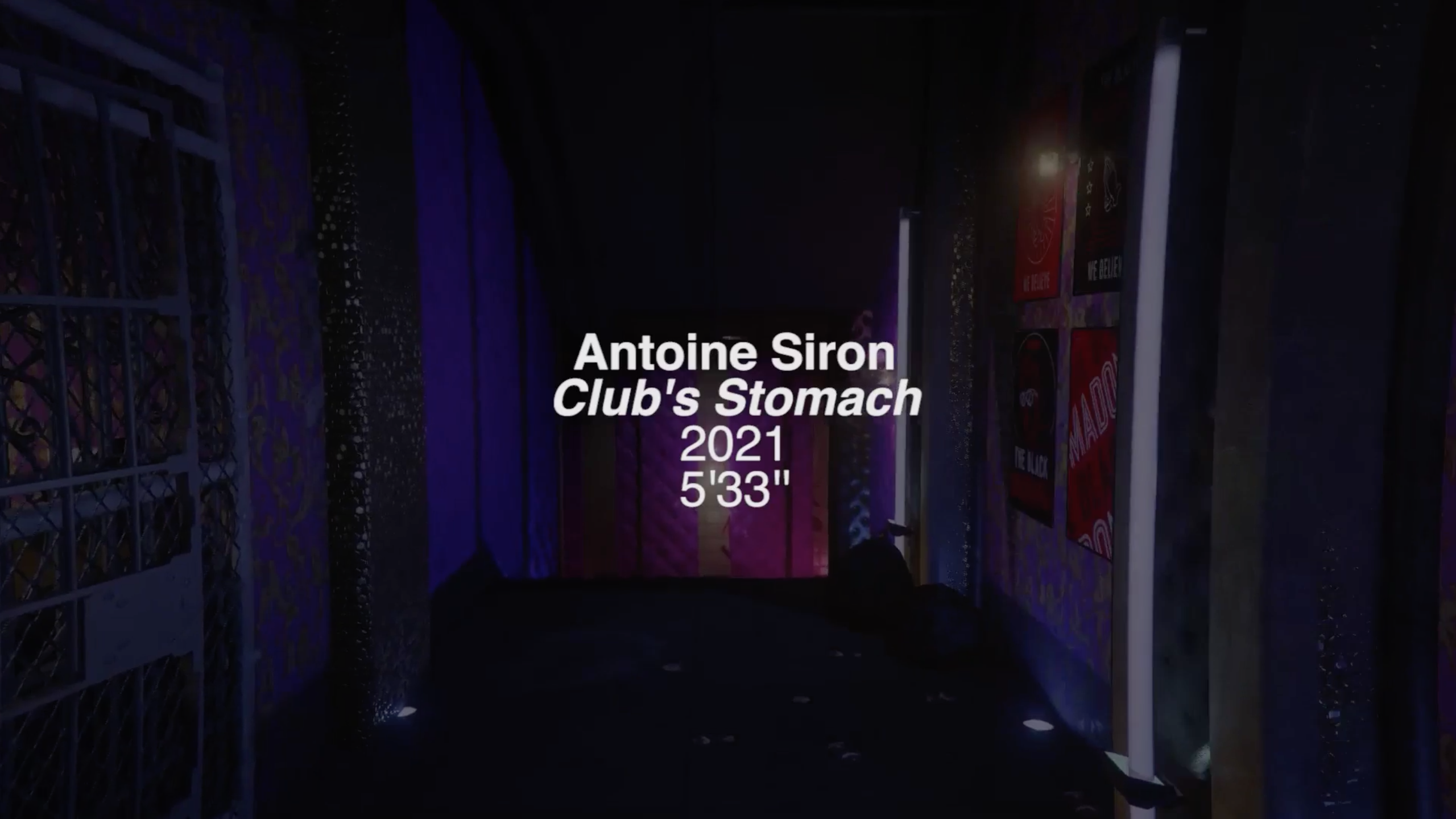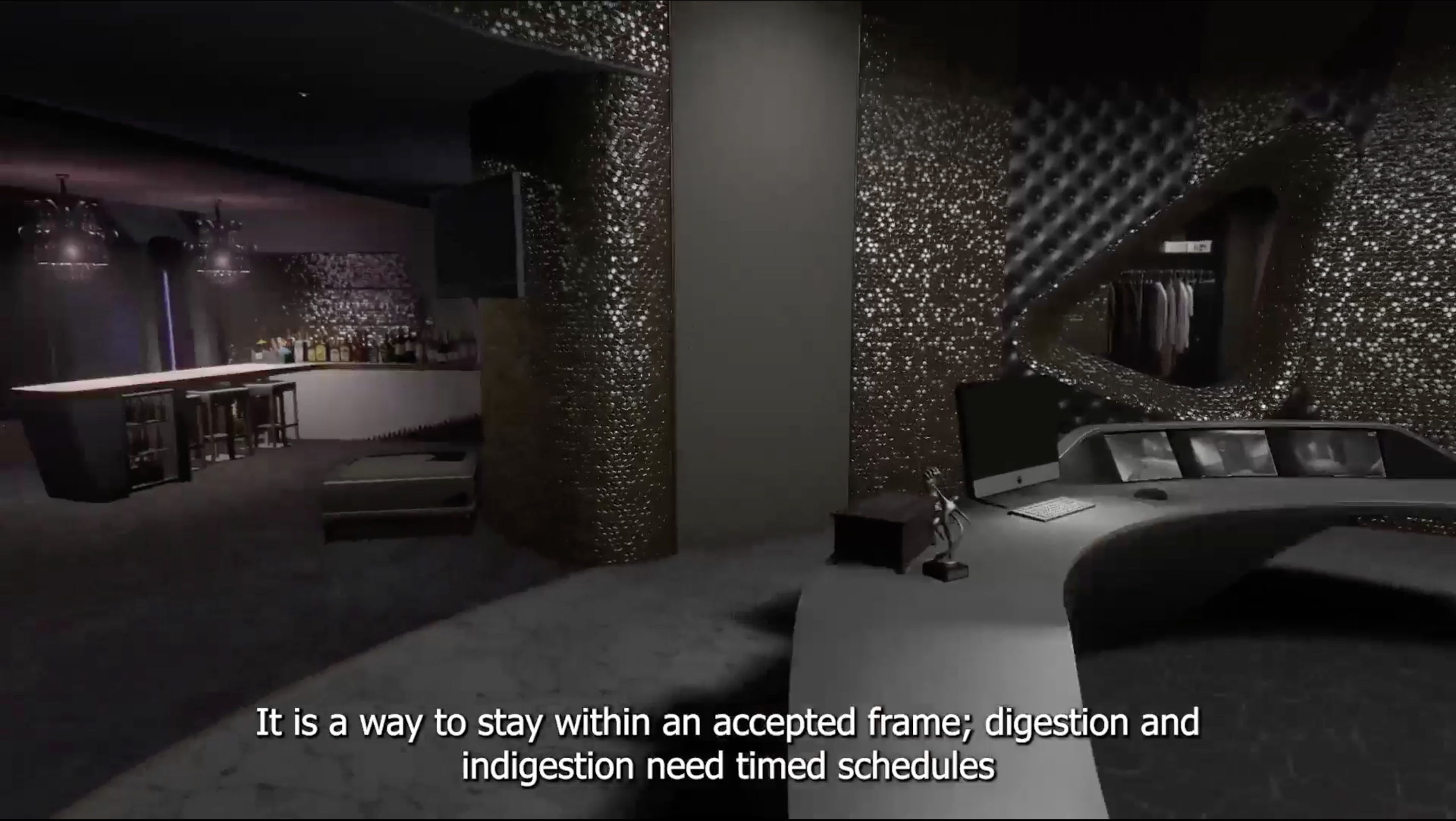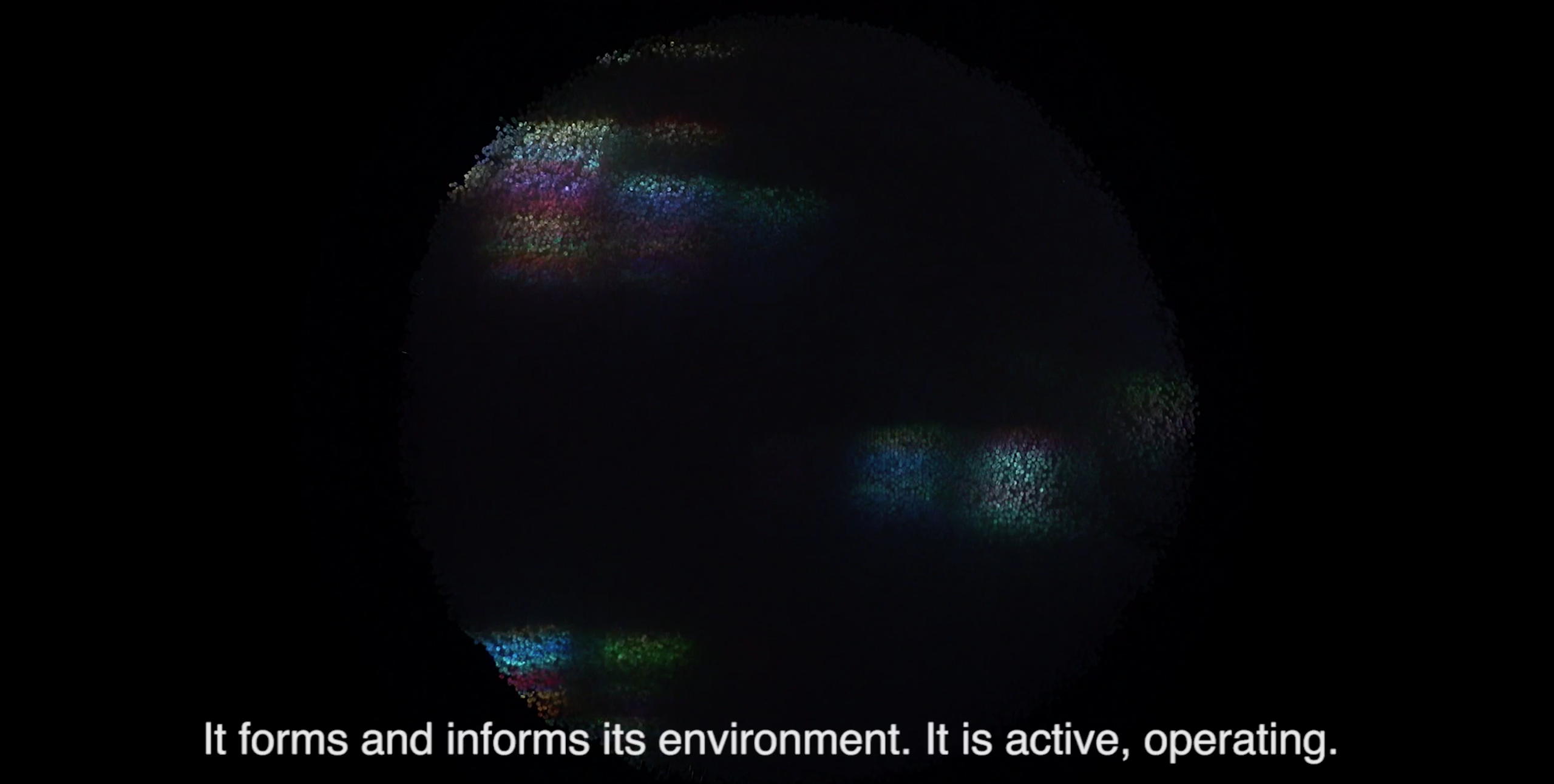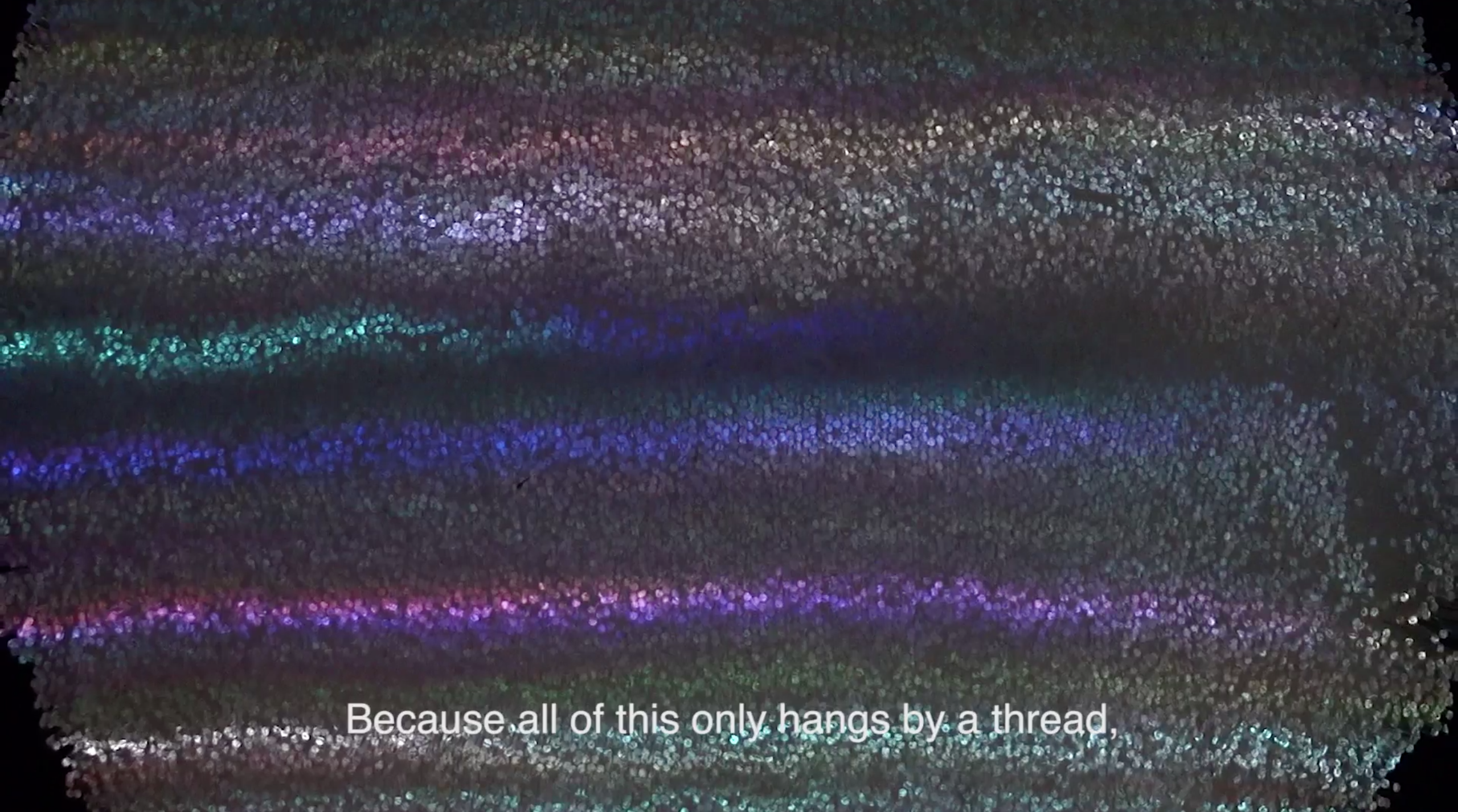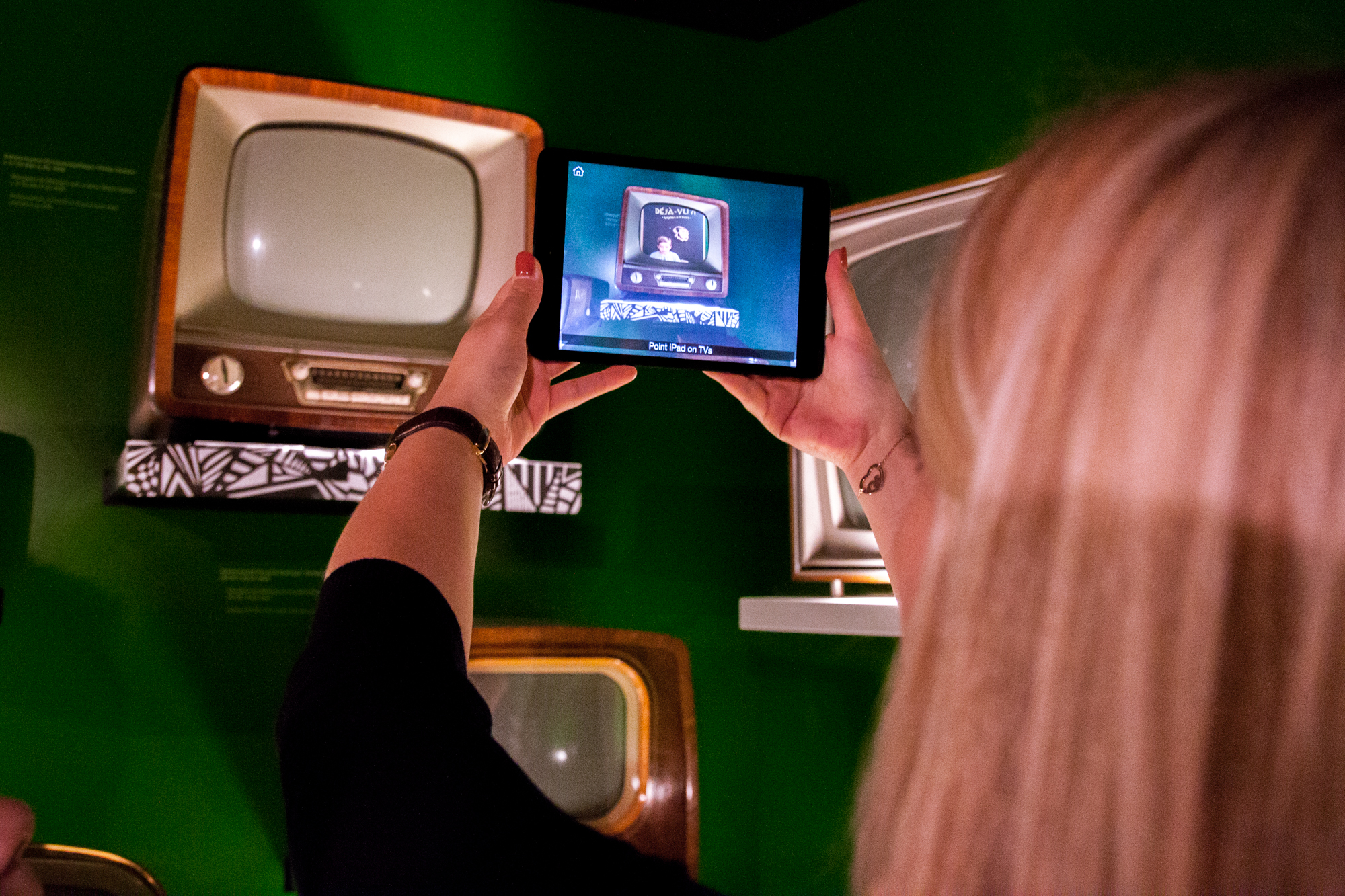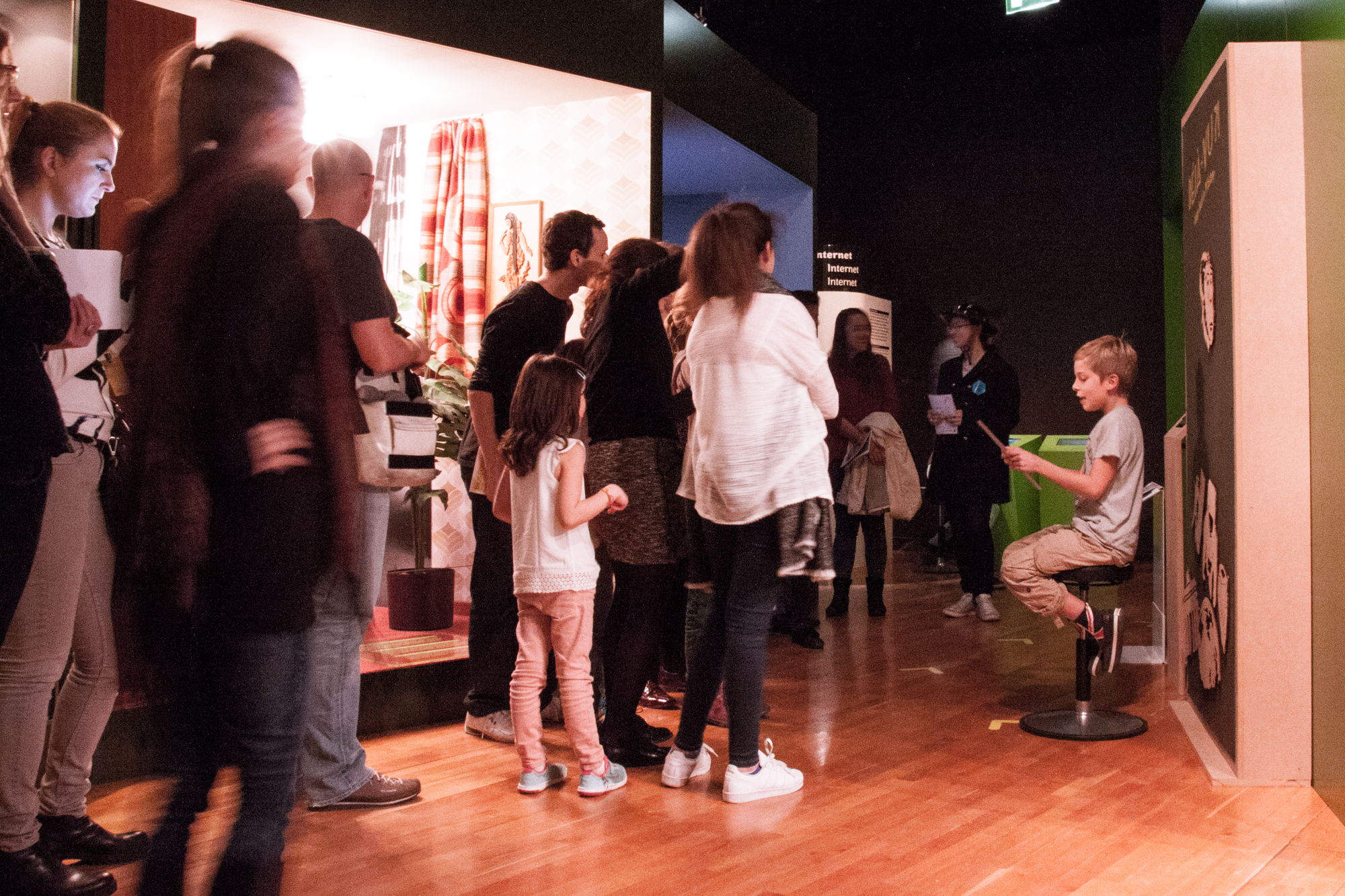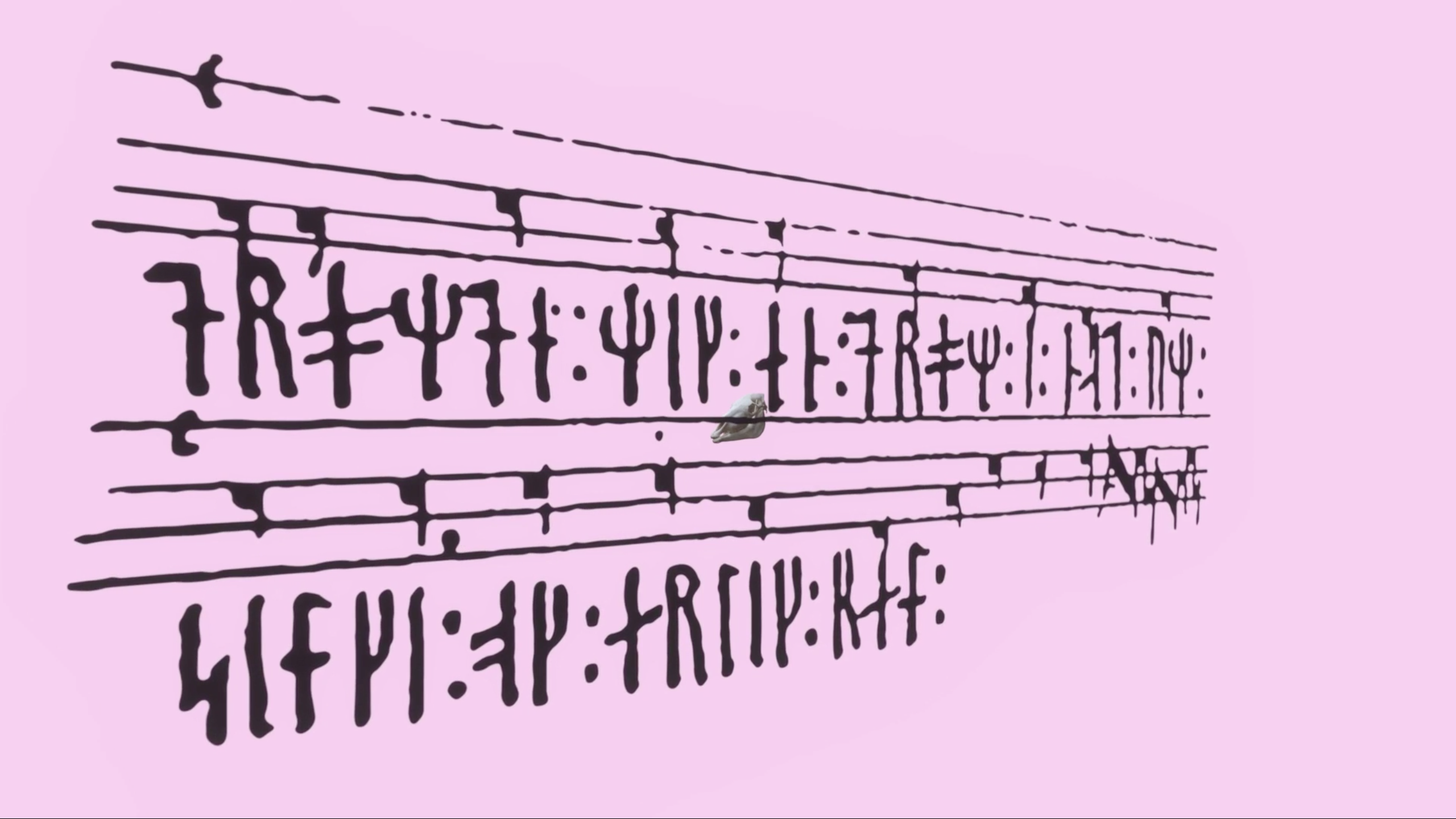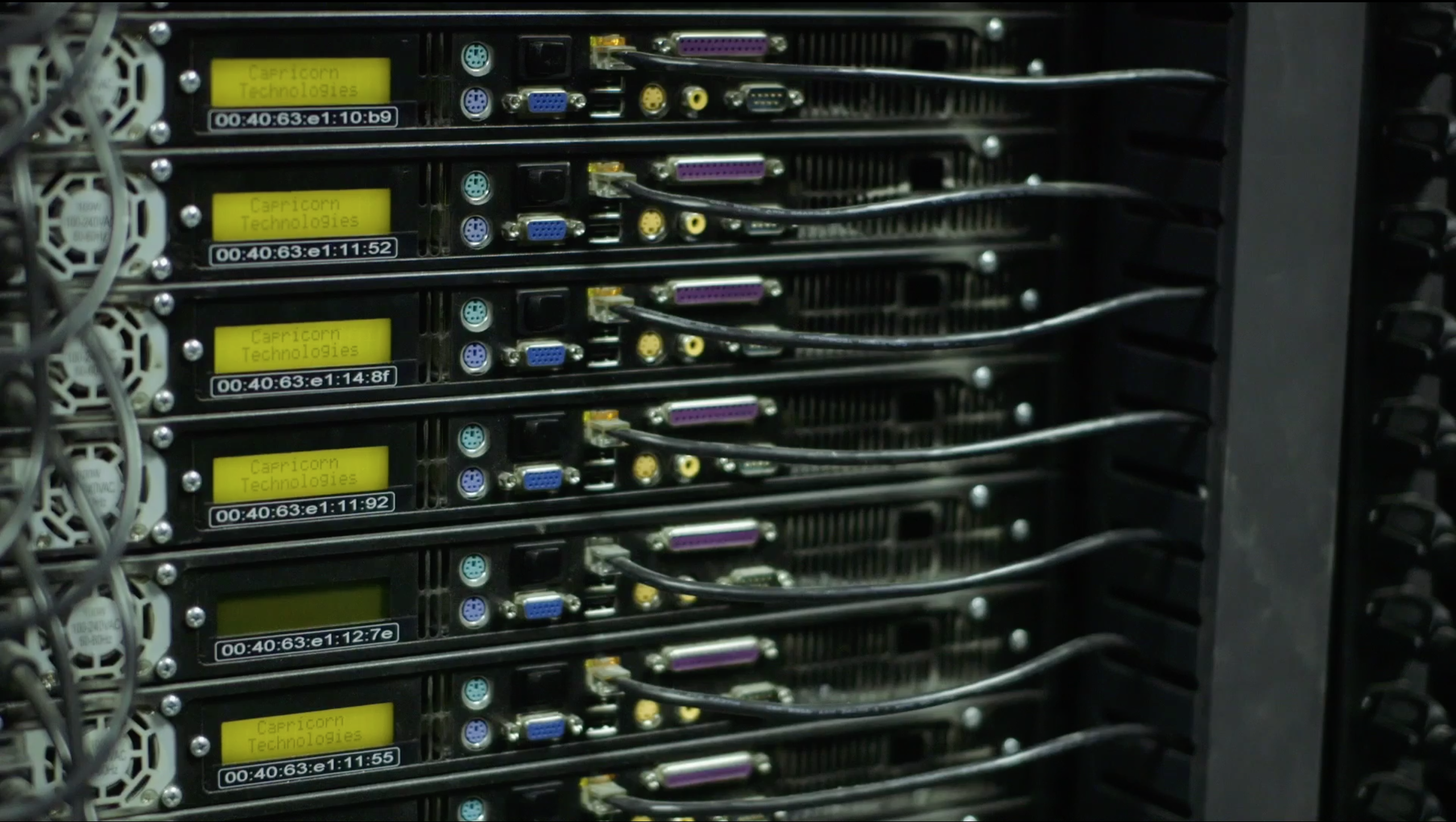
Pauses artistiques : Premiere
The conference is also an opportunity for dialogue with today’s young creation, organised in partnership with several art and design schools in Switzerland, France and Germany. The "pauses artistiques" (artistic breaks) of the three days will highlight the work of a dozen young artists from the HEAD (Geneva), the ECAL (Lausanne), the ENSAD (Paris), the Beaux-arts de Paris and the Zurich University of the Arts. Each artist has prepared a 5-minute video that will be premiered during the corresponding break.
Program
Monday, September 13, 2021
https://unige.zoom.us/j/93615541298
Tuesday, September 14, 2021
https://unige.zoom.us/j/93615541298
Wednesday, September 15, 2021
https://unige.zoom.us/j/93615541298
For the full programme, click here
Partner institutions for the pauses artistiques
Anything - ZEROTERA
Video
Description
ZEROTERA, members: Basil Denereaz (1994), Léonard Guyot (1996), Evan Kelly (1994), Paul Lëon (1997), Kylan Luginbühl (1993), Valerio Meschi (1998), Yaël Sidler (1991).
Bio
ZEROTERA is a collective made up of artists and designers based in Lausanne. Their work takes the form of immersive installations, virtual and augmented reality experiences, 3d animation films and video games. They explore, develop, and promote a design practice in line with their convictions — design as a way of seeing, studying, understanding, thinking and talking about the world — design as a research tool. Skilled to use and to develop digital tools and media, they are particularly sensitive to the issues of the digital innovation. Inspired by science fiction and ethnography, through their works, they take a fundamentally critical look at new technologies and their impact on the world of today and tomorrow. Considering themselves as a design laboratory, beyond their works it is essential for them to develop and share their vision and research in the form of discussions, workshops and teaching practice in schools suchlike ECAL. Their work has been shown internationally in institutions and festivals such as The GIFFF Festival in Geneva, The Milan Furniture Fair, Mirage Festival at the National School Fine Arts of Lyon, Sensorium Festival in Bratislava, The Museum of Zoology of Lausanne, Mapping Festival in Geneva and The Numerik Games Festival in Yverdon.
Sensitive Membranes - Brice Ammar-Khodja
A video by Brice Ammar-Khodja, narrated by Jean-Louis Cassarino.
Description
This video presents three research-creation projects that explore the concept of screen-membranes through different dispositifs: Breath.am (Brice Ammar-Khodja & VH Sound, 2019), Fossilation (Brice Ammar-Khodja, Alexandra Bachmayer, Samuel Bianchini, Marie-Pier Boucher, Didier Bouchon, Maria Chekhanovich, Matthew Halpenny, Alice Jarry, Raphaëlle Kerbrat, Annie Leuridan, Vanessa Mardirossian, Asa Perlman, Philippe Vandal, Lucile Vareilles, 2021), and Blob Detection (Brice Ammar-Khodja, 2021). Not only connected with their environment and the public but also sensitive with the latter, these works engage relations pertaining to material science, data physicalization, and sensory studies directly bonded with socio-political and environmental problematics. By investigating different materialities in motion (living, organic, computational) linked with the discreet signals of their surroundings, this video aims to discuss new ways to rebuild interconnections between the milieux, the human and more-than-human agents and the build environment.
Bio
Brice Ammar-Khodja is an artist, graphic designer, and Ph.D student based in Montreal, Paris. He holds a Graphic Design Master Degree from Haute École des Arts du Rhin. His work arises where digital arts, data design, material science, and sensory studies meet. He is currently pursuing a thesis jointly supervised by Concordia University – Montreal and EnsAD, EnsadLab – Paris.
He combines responsive materials, video, and soft robotics to explore the symbolic, spatial, sensory, and socio-environmental interconnections pertaining to materiality and visual information. To this end, he contextualizes his research-creation in the frame of “resilient cities”. Thus, he seeks to experiment with the interactive potential of matter to increase the sensitive representations and perceptions of data linked with the public environments’ quality to enhance the aesthetic relationships between the citizens and their milieu.
Brice Ammar-Khodja is affiliated with EnsadLab (Paris) in the Reflective Interaction research group (dir. Samuel Bianchini) and with Concordia University (Montreal) in the Speculative Life Biolab (dir. Alice Jarry), the Centre for Sensory Studies (dir. David Howes) and the Concordia’s Canada Excellence Research Chair in Smart, Sustainable and Resilient Communities and Cities (dir. Ursula Eicker). Brice is a current member of the international research-creation network Hexagram.
His works have been exhibited at Centre Pompidou, Biennale internationale du Design, la Cité internationale des Arts, V2_Institute for Unstable Media, Musée historique de la Ville de Strasbourg, and Modulab.
¥€$ - Achille Masson
2018, Video
Description
¥€$ is a journey which deeps down into the old Internet through a prism of virtual reality. We discover a world of animated GIFs imported from the database of archive.org. This experience is directly inspired by the era of the NetArt movement. All the images are rhythmed with psytrance music.
Bio
My name is Achille Masson, I’m a swiss student in Media Interactive Design at ECAL. Very quickly, my interest leads to the creation of tangible projects. Thanks to my different past experiences, I am able now to create in many fields such as creative coding, 3D animation and experiSmenting with Machine Learning. I love discovering new practices every day. In my artistic practice, I am always looking for references to deepen a subject. I can then appropriate it to create a personal work. Moreover, I try to add a touch of irony and criticism to my work with a background which is directly linked to the internet and its large culture. Being in art school, I have the opportunity to be in contact with other young artists every day. This allows us to inspire each other and even collaborate on art projects.
ClickMe - Nora Fatehi
Video
Description
Due to information overload on digital interfaces, visual and interaction codes have become so common and ingrained that our behaviour as a user on a website has become almost automatic. We “click” almost unconsciously without even paying attention to what we are agreeing to. ClickMe is a web interface that rates and analyses « the performance » of their visitors in their way of navigating and interacting with the different pages. The user is challenged to avoid different traps in the interface (exemplifying types of dark patterns: https://www.darkpatterns.org/). At the end of the experience, feedback is given to the user on their digital skills and ability, with a view to bringing awareness and enhancing vigilance in their future internet browsing.
Bio
Nora Fatehi is a media and interaction design student at ECAL. Growing up as a digital native in the 2000’s she developed a fascination for internet culture, the evolution of communication and more generally the effects of technology on society and generations. Through her work she tries to combine humour and criticism while exploring the possibilities offered by different forms of media such as AR, VR or creative coding.
Any Resemblance is Coincidental - Chen Zhexiang
Video
Description
In Any Resemblance is Coincidental, the artist collected portraits of real Asian criminals abandoned on the Internet. He saved them under the original name retrieved from the internet to form a database. The artist then used facial recognition technology to learn and analyze the characteristics of portraits of real criminals. Then it tries to identify if the images of real criminals relate to those in Asian crime films. The "criminals" of the film are presented on the screen, through the red and green squares, they are permanently identified. The red square means that the system believes it is in contact with the real criminal and identifies by the name of the file. The green one means that it doesn't match. The artist questions the virtuality of the Internet and films. This work shows the historical link between facial recognition technology and criminology, the Internet and interregional mobility.
Bio
CHEN Zhexiang is a media artist and an animation director. Born in Fujian, China in 1993, he currently lives and works in Paris. He graduated from the animation and media department at the Central Academy of Fine Arts of China in 2015. He left for France in 2017 to continue his studies at the National School of Fine Arts in Paris. He does the archaeology of media, cybernetic or invisible moments by fusing personal imagination, technological awareness and digital aesthetics. He questions and reflects on the influence of new technologies and media on our daily lives and on the relationship between the individual and society.
Webbing in between the Mouth - TaeHwan Jeon
Video
Description
‘Webbing in between the Mouth' weaves connections between private, hidden, or overlooked histories crawling through archival and online research by bringing together a vast array of media materials from disparate sources: extracted frames through algorithmic searches of an online movie database, 3d renderings, GIFs, VR footage, and data visualization.
Drawing from web crawlers, also called spiders: internet bots that systematically browses the World Wide Web for the purpose of Web indexing, the video engages with the act of crawling and weaving as a mode of operation that traverse between the online and offline in relation to liquidity and proximity of territories and histories in an era saturated by technology. It is accompanied by soundtracks composed of fragmented words from voice recordings, intervening into the divergent imagery and narratives by utilizing language as way of producing sound. Crisscrossing from web crawlers to Louise Bourgeois's sculptures to footage of North Korea, the video disassembles and reassembles, stitching together foreign narratives in probing for potential scenarios of re-imagining existing narratives.
Bio
TaeHwan Jeon is a South Korean artist born in 1995 in Bangkok, Thailand. He is currently undergoing Master's in Fine Arts at the Zurich University of the Arts( ZHdK), Switzerland. He studied photography at Chung-Ang University, South Korea, graduating with a B.F.A in Photography. His works have been exhibited and screened at numerous venues including Platform-L Contemporary Art Center (Seoul), 20th Seoul International ALT Cinema & Media Festival (Seoul), PASA Festival (Suwon) and Koo Min Kwon Exhibition Gallery (HongKong).
Postcards from the Internet - Robin Champenois
Description
In 2021, a chatbot named Gu-11-vR took a vacation. He decided to spend a few weeks on a trip through the Internet, browsing the most famous places of the First Wide Web, and visiting the best touristic attractions in various parts of the network. To keep in touch with some of his close – human – friends and customers, Gu-11-vR wrote and sent through “slow” mail many postcards during his holidays.
A few of those letters were rediscovered in 2061, years after the disappearance of the First Wide Web. Postcards from the Internet presents and contextualizes those testimonies of ancient times and invites you to a journey through time and cyberspace to meet Gu-11-vR.
Bio
Robin Champenois is a PhD student in Artistic Creation and Artificial Intelligence.
His taste for science first led him to study computer science and mathematics at the École Normale Supérieure (Paris), and then to specialize in computer vision and artificial intelligence at the Université Paris-Saclay. Through several internships and a year of diploma at the "Institute of Technology and Innovation" of PSL University, he also got a glimpse of the world of startupts and enterprises.
In parallel to his studies, Robin developed his own artistic practice and contributed to several student exhibitions and art festivals. In the end, it is in a search for a sensitive practice of A.I. that his PhD took shape, in which he explores the irrational territories of both machine and human thinking, weaving links between computer science, art history, cognitive sciences, philosophy and psychoanalysis.
Machinima
Description
“Club’s Stomach” is a work made with the video game GTA 5. The music was added in post-production with acoustic effects.
As a DJ, I have always had a weird posture because of a very strong experimental influence. I have mostly played before the party starts when the dancefloor is empty, allowing me to play music that does not necessarily conform to the demand.
Using a virtual club is a way to display my music in a space, as if it was a necessity for it to exist. Clubs being inaccessible at the time of the pandemic, and due to the unfriendliness of the track in regards to dancing even though it references this culture, a virtual space was a good option. Of course, the virtual space is not only a practicality, but it begs the question. Where are situated works that are made entirely on a computer and that are ambiguous in their cultural belongings?
In the video, the subtitles develop the idea of the club as a living entity, who’s digesting and vomiting either people or music. It is a way to look at a social and cultural place as more than just a reifiable set of properties and practices; that it could be scrutinized as an entity in itself; a form of materialist animism of the social/cultural practice and place that is the club.
Bio
Born in 1994 in Geneva, Antoine Siron graduated from HEAD in Fine Art in 2017 for the Bachelor and 2021 for the Master. He also completed one year of a Master in Sound Design at IRCAM, in France. Today, he manages the curation and management of an art space in Carouge, Geneva called La Fonte, where he also organizes a residency for sound artist to experiment with an orchestra of speakers called acousmonium. His artistic practice is multidisciplinary, but directed around the sound medium. He composes random soundscapes and various visual content mainly echoing the urban and questions of noise pollution. He has been largely influenced in his work by contemporary thinkers and philosophers such as Timothy Morton or Donna Haraway, to name a few. He is also a DJ and creates music that references club culture but remains largely experimental. He is oscillating between genres such as house, hardcore, noise, jungle, electro, IDM and more. It is through several collectives, music labels and local associations that he performs; EICA Records, Lexico Records, Brainwaves or AMEG (Association for Electro-Acoustic Music in Geneva).
Fibroscopic Network - Raphaëlle Kerbrat
2021,04.48 minutes HD video - 2 kilometers of fiber optic cable, video projection.
Description
20,000 sections of optical fiber recompose the medium of a moving image. By a circular arrangement of fibers, this lens seem like a set of pixels which roughly transpose it. Made of glass, the core of cables carries the light oscillations to its surface. The lens distorts the initial image to reveal a fog of colored movements. These diffractions of light are snapshots of the flow of images that submerges us. The structure of images is reflected by the materiality of its transmission device. It is transposed on the surface of its own support. Despite the inability to communicate its original message, the signal try to make visible something internal to its functioning by the poetry of its movements.
Bio
Currently an artist and PhD student at the Reflective Interaction research program from EnsadLab, Raphaëlle Kerbrat graduated from Beaux-arts de Nantes in 2017. In her work, she is interested in the paradox of digital “immateriality” in relation to the hyper-materiality of the infrastructure that supports it. The artistic devices that she develops attempt to reveal “infra-ordinary” phenomena, stemming from the uses of digital technologies, by a material manipulation of their media. By confronting the information processing systems on their own condition, they reflect the paradoxical and unwavering link between digital and analog, information and matter, language and support.
Cloud Stories - Benjamin Spera
Video
Description
This project is inspired by a real fact : the explosion of the Soundcloud* rap scene between 2016 and 2017. During this period, many young artists, autodidacts and unknowns post music on the platform and accumulate millions of streams. Even some of them become Superstars. The movie tell the story of a young Soundcloud artist on the rise. He will show to an older character how to make and distribute music in 2017. A style of music made, shared and listened quickly, where form is worth more than content. Unfortunately, the young artist will pass away from his drug addiction. What interests me and what I try to highlight is an evolution of music, especially rap. I also relate a historical Internet fact through fiction. As for the technical points, I wanted to keep this lo-fi aspect of 3D, showing my current level on the software, but also helping myself to create an aesthetic specific to video. The sounds come from royalty-free sound banks, the beats from producers on YouTube can be used for free and the music written and recorded by myself.
Bio
Swiss-based artist working with both photography & video, I like to explore what the « new media » can offer to art. Mainly working with computers, I consider myself as a geek in my practice. Lately, I used Google Street View or 3D softwares like Blender to create short movies. I try to document past events or personal experiences and turn them into stories. Apart from my practice of visual arts, I’m passionate by music and fashion. Besides, I have a self-taught musical practice for a few years. After a preparatory year, I am currently in 3rd year of Bachelor at HEAD - Genève. Cloud Stories Cloud Stories is a fictional short movie created with 3D softwares.
Video
Description
Presented during Museomix at the Museum of Communication in Bern, Déjà vu is an interactive time travel experience. In an improvised TV studio, it invites museum visitors to film themselves using an iPad while presenting a TV news programme from the past. The first step on the moon, the discovery of Lucy or the fall of the Berlin Wall, young and old alike revisit these important events in their own way. Thanks to virtual reality, they will then project themselves into the old televisions of the last century, which are no longer in operation but which once broadcast great historical moments.
Bio
Mathilde is an interaction designer and artist based in Madrid. Her work explores the connections between language, algorithms and social relations. Her projects take various forms, from mobile applications to web extensions, from connected objects to generative art. A recurring theme in his practice is the question of how digital technologies can enable new ways of thinking. After studying graphic design and digital art in France, she obtained a master's degree in Media Design at HEAD - Geneva. Her work has been presented in international institutions and events such as Fak'ugesi Festival (Johannesburg), HEK (Basel), HER Arts + Data + AI festival (Rome), Lift Conference (Geneva), Fondation Vasarely (Aix-en-Provence), Design Junior Research Conference (Zürich), Ludicious (Zürich), Fondation Martin Bodmer (Geneva), Maker Faire (Grenoble), Eniarof, GSGS (Neuchâtel).
App
Description
Adaa is a project that explores the intimacy and privacy of pregnancy in Senegal. It consists of a connected wearable where users can save, via the app, images, texts, video or audio during and after their pregnancy, creating a little time capsule of memories they want to later on share with their child. At the age of 5, the wearable will be then passed to the child, for him/her to keep and revisit memories. The app is a simple interface, intuitive to use. It gives the user access to their journey, once the wearable is connected, and a way of creating their own memories through the years. Senegalese will be able to access their journey, represented by 4 different styles and colors, to choose from, from fractal designs, inspired by different items and the Senegalese lifestyle during pregnancy. The journey is a representation of all collected memories during and after the pregnancy, memories that will be represented as symbols evolving and being completed through time, giving the user a final design at the end of their use. The wearable is in the shape of a « cauris used in many ways in the Senegalese culture, from protection, to seeking the future, to ornaments, this shell is praised by many locals. The shape, also a reminder of femininity and motherhood, fits well the aim of the project.
Bio
With a background in graphic design, communication and cinema, Amsatou seeks to create projects that will be helpful for the Senegalese people. She noticed how designs, apps and products created sometimes don’t take into account the geographical position of the user, their cultures and traditions. After finishing her two bachelor degrees in Senegal, the opportunity presented itself for a Master in Interaction Design at HEAD, Geneva. A master that opened her eyes into what it takes to create projects for a specific target. Allowing Amsatou to understand how to create a service/product based upon research and fitted for a specific user. During this master, Amsatou discovered a new passion for designing user interactions and user interfaces, combining her love for graphic design, cinema and the empathy she has for other users of choice. A master that helped her have the necessary tools to create the perfect services for the African users. Her designs and interfaces are inspired by has the best to offer, tradition and culture passed from generation to generation. From textiles, to statues, colors, food everything is an inspiration to create new intricate designs.
Video
Description
In a digital void a 3D-scanned horse skull, a reference to Scandinavian, pre-christian horse sacrifices, hangs stoically around while listening to a more or less obscure piece of medieval music. Meanwhile a network of fiber-optic cables, at an unidentified European data center controls the flow of data.
Bio
Educated at the Jutland Art Academy (2017-2020) in Aarhus, Denmark and currently enrolled at the Department of Fine Arts at Zurich University of the Arts. Sperlings work centres around video and digital collage and deals with themes such as online solitude, internet mythologies, folk lore, as well as critical approaches to western European historicism and normative histories.
⇧ Back to Index ⇧







